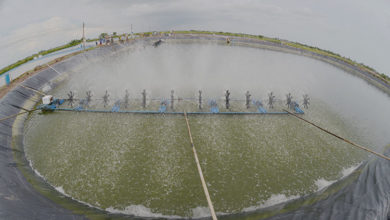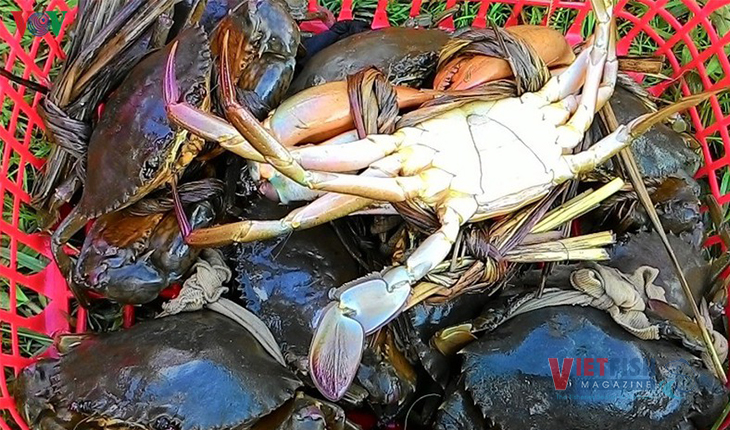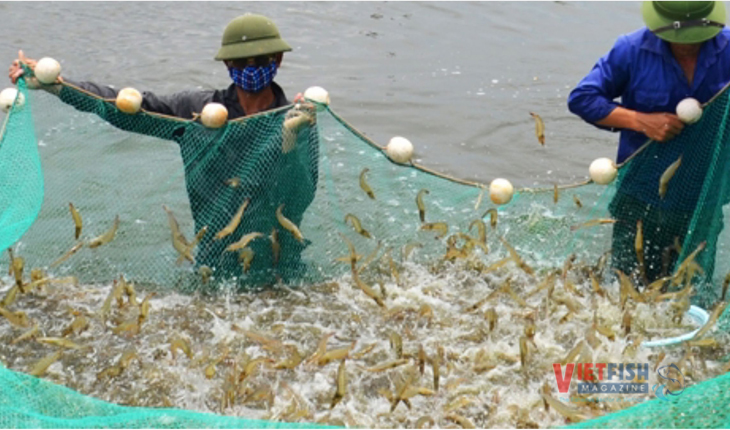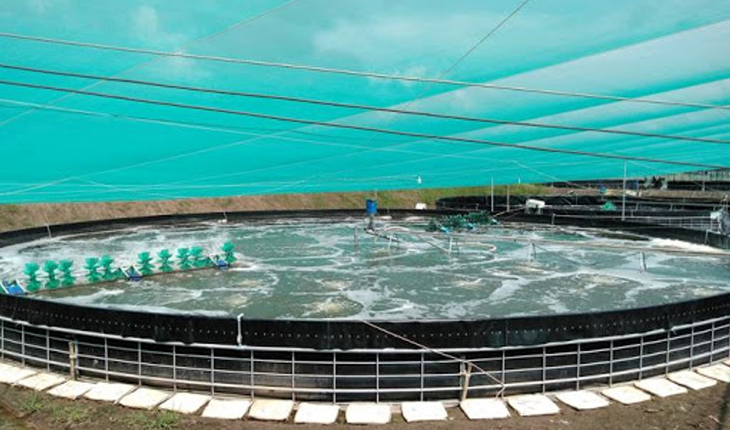Unprecedented high global fisheries and aquaculture production pose challenges?
The global fisheries and aquaculture sector has reached unprecedented levels of production, with aquaculture now surpassing capture fisheries as the leading source of aquatic animal output for the first time, as highlighted in the 2024 edition of The State of World Fisheries and Aquaculture (SOFIA) report.
In 2022, worldwide fisheries and aquaculture production soared to 223.2 million tonnes, marking a 4.4% increase from 2020. This production included 185.4 million tonnes of aquatic animals and 37.8 million tonnes of algae.
FAO Director-General QU Dongyu acknowledged the sector’s remarkable achievements but emphasized the need for continued innovation and adaptive strategies to enhance the efficiency, inclusiveness, resilience, and sustainability of aquatic food systems. He stressed that these improvements are crucial for addressing global food insecurity, alleviating poverty, and promoting sustainable governance.
Aquaculture sets new record
In a historic milestone, aquaculture outpaced capture fisheries in 2022, becoming the primary producer of aquatic animals. Global aquaculture production reached a record-breaking 130.9 million tonnes, of which 94.4 million tonnes were aquatic animals, constituting 51% of the total aquatic animal production. This growth reflects aquaculture’s increasing capacity to meet the growing global demand for aquatic foods.
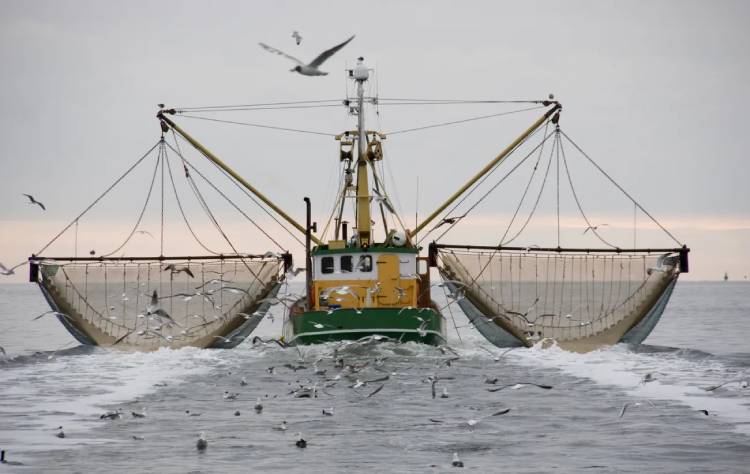
However, future expansion and intensification of aquaculture must prioritize sustainability and benefit the regions and communities most in need. Currently, a limited number of countries dominate aquaculture production. China, Indonesia, India, Vietnam, Bangladesh, the Philippines, the Republic of Korea, Norway, Egypt, and Chile account for over 89.8% of total production. In contrast, many low-income countries in Africa and Asia have yet to fully realize their aquaculture potential. Strategic policies, technology transfer, capacity building, and responsible investment are essential to fostering sustainable aquaculture where it is most needed, particularly in Africa.
Stability in capture fisheries production
Global capture fisheries production has remained relatively stable since the late 1980s. In 2022, the sector produced 92.3 million tonnes, including 11.3 million tonnes from inland and 81 million tonnes from marine capture. Despite the rapid growth of aquaculture, capture fisheries continue to be a crucial source of aquatic animal production.
However, the proportion of marine stocks fished within biologically sustainable levels decreased to 62.3% in 2021, a 2.3% decline from 2019. When weighted by production level, an estimated 76.9% of the 2021 landings from stocks monitored by FAO were from biologically sustainable stocks. This highlights the importance of effective fisheries management in facilitating stock recovery and increasing catches, underscoring the need to replicate successful policies to reverse the current downward trend.
Future projections and challenges
The surge in aquatic food production underscores the sector’s potential to combat food insecurity and malnutrition. In 2021, global apparent consumption of aquatic animal foods reached 162.5 million tonnes. This consumption has grown nearly twice as fast as the global population since 1961, with annual per capita consumption rising from 9.1 kg in 1961 to 20.7 kg in 2022.
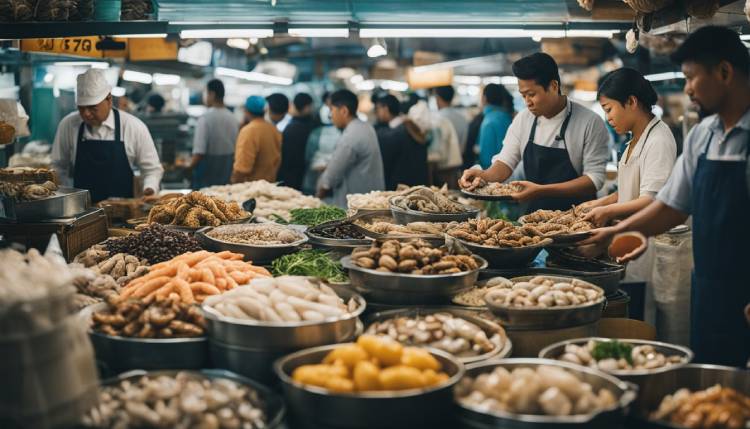
Of the total aquatic animal production, 89% was used for direct human consumption, highlighting the vital role of fisheries and aquaculture in sustaining global food security. The remaining 11% was allocated for indirect or non-food uses, primarily for fishmeal and fish oil production.
The FAO projects that production and consumption of aquatic products will increase by 12% by 2032, providing an average of 21.3 kg per capita. This growth will be driven by rising incomes, urbanization, improvements in post-harvest practices and distribution, and dietary trends.
However, per capita apparent consumption in Africa is expected to continue declining, as production projections may not keep pace with population growth. This is particularly concerning for sub-Saharan Africa, where many countries rely on aquatic foods to meet their nutritional needs, especially for animal proteins and micronutrients.
The report also explores the potential impact of population dynamics on the supply of aquatic animal food up to 2050. With the global population rising, maintaining the 2022 level of apparent consumption of aquatic animal foods at 20.7 kg per capita would require an increase of 36 million tonnes, or 22%, in total supply by 2050. This underscores the urgent need to accelerate Blue Transformation initiatives in a world where aquatic foods play a crucial role in eradicating hunger, malnutrition, and poverty.
VFM


